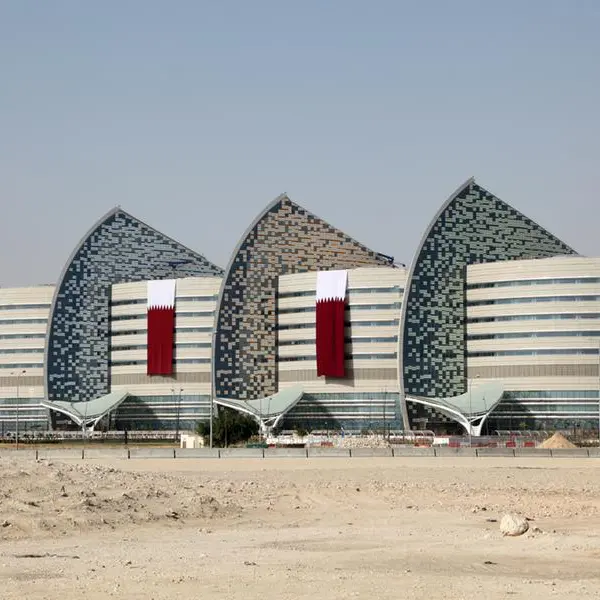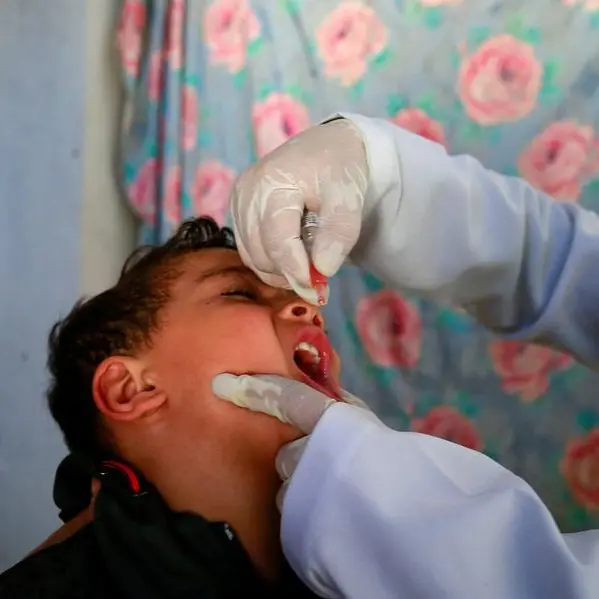PHOTO
The region's insurance industry continues to grow albeit at moderate pace despite macroeconomic concerns, constrained spending and the coronavirus pandemic.
Overall, the market within the GCC alone is forecast to grow at an annualised growth rate of 3.2% from $26.5 billion in 2021 to $31.1 billion in 2026, according to UAE-based investment banking advisory firm Alpen Capital.
Since the pandemic, however, the market has seen new trends, especially amid digital transformation and changing consumer preferences, as well as heightened focus on affordability, accessibility and convenience within the healthcare segment. Insurance claims are rising, and customers are increasingly looking for quality holistic healthcare without breaking the bank.
Zawya spoke to Jérôme Droesch, CEO of Domestic Health and Health Services for international markets at Cigna, a US-listed health insurance company, to get more insights into the healthcare insurance market.
Some industry players say it's a challenging time for the insurance industry in the Gulf or MENA region, as demand has slowed down and there is stiff competition in the market. Do you share this view?
On the contrary, we would say that the Middle East, and particularly the UAE, offers immense potential for the health insurance sector. The healthcare industry continues to be lucrative in terms of investment opportunities and the well-regulated structure defined by the government has played a vital role in the development of the sector paving way for private investors.
The market dynamics, with multinational demographics, mandatory health insurance and government initiatives, are extremely encouraging for investors. Additionally, the pandemic also increased the importance of health insurance as people began to see and manage their health differently. From Cigna’s perspective, our business in the Middle East has historically performed strongly. In the coming years, we anticipate that we will continue to achieve similar growth in the region.
What are the biggest challenges insurers face in the region due to the pandemic?
While the level of stress and mental health issues was already prevalent in the region over the past few years, the COVID pandemic impacted people’s mental health in a big way. A recent study indicated that the global prevalence of depression and anxiety during the COVID pandemic was 24 per cent and 21 per cent respectively. The prevalence of major depression increased by 7% after the outbreak, the study said.
Given that only 2% of healthcare budgets across the MENA region are currently deployed to tackle mental health, the impact of the pandemic on young entrepreneurs and achievers could cause an economic burden of $1 trillion by 2030. The pandemic and the associated lockdown led to financial insecurity, unemployment and lack of social connections among individuals, which led to a significant and unprecedented worsening of population's mental health.
Has the company shifted its strategy because of these challenges? If so, could you tell us how the strategy has shifted?
The conversations surrounding the transformation of healthcare sector, with a specific focus on greater accessibility and enhanced technology uptake continue unabated in the region and beyond.
At Cigna, we have observed a rise in the demand for affordable, quality holistic healthcare. Employees are now more aware of their healthcare needs, and they are seeking enhanced health coverage from their employers. On the other hand, employers have felt the pressure to find comprehensive quality plans at an affordable cost.
To alleviate the pressure on employers, and increase access to care, we launched our innovative product – SmartCare by Cigna – in 2020 to make health insurance more accessible to a wider population.
How much has health insurance claims increased in the region since the pandemic? Do you see this number declining next year?
As we come out of the pandemic, we continue to see the number of claims rising, almost reaching pre-pandemic levels. In contrast, the historic cost of claims has remained relatively stable but is expected to increase in the coming year from rising medical cost inflation. Potentially the combined impact of recovering utilization and push from medical cost inflation will see overall claims in the industry continue to increase into 2023 and beyond.
What is the outlook for the insurance industry in the region? What factors will support growth?
The insurance sector is set to mature further in line with the pressing need to focus on whole health, preventive care [and] stronger public-private partnerships [among others]. The healthcare sector in the future will heavily focus on convenience and accessibility.
Pharmacological innovations are accelerating the introduction of new therapies in healthcare. Since 2017, gene therapy products have been in the market, with more innovations expected in the very near future. These innovations provide solutions with reduced lead times, that can result in life-saving treatments.
Internet of Things will help us improve our behaviors by tracking our activity, monitor our health in case of chronic disease or even detect new disorders, which can be supported through wearable devices.
Insurance providers need to be at the helm of this advancement to stay ahead of the game by collaborating with its medical network, including medical providers and pharmaceutical suppliers to ensure that customers have uninterrupted access to their medications and the care they need.
(Reporting by Cleofe Maceda; editing by Seban Scaria)























